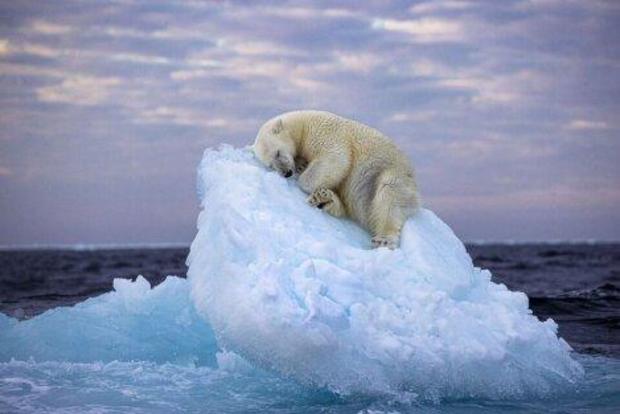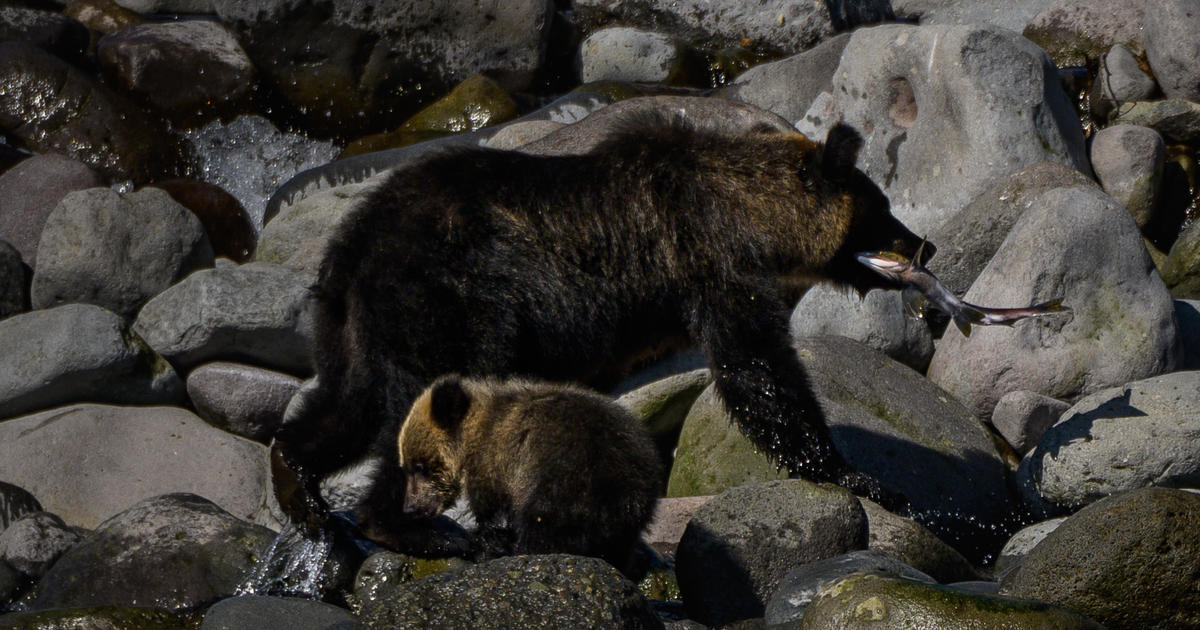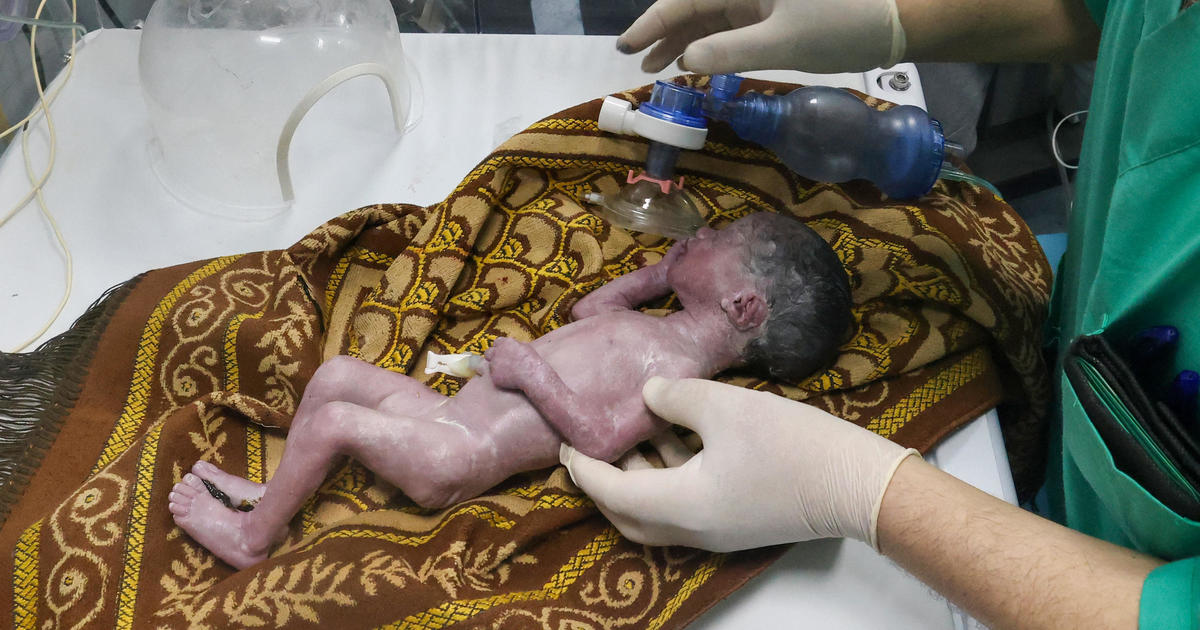Sleepy polar bear that dug out a bed in sea ice to nap wins prestigious wildlife photography award
One of the world's most prestigious wildlife photography awards has announced its winner – and it's equal parts mesmerizing and adorable. The winner of the Natural History Museum of London's Wildlife Photographer of the Year award is Nima Sarikhani, for her captivating image of a polar bear sleeping on sea ice.
The photograph, called "Ice Bed," was captured in Norway's Svalbard archipelago, the museum says in its description of the photo. According to a news release, Sarikhani had spent three days looking for polar bears while aboard an exploration vessel in the area, but had been having no luck as they were immersed in a "thick fog."
But then, as the ship came across some sea ice, he saw it – two polar bears.
Those on board the ship tracked them for eight hours. And just before midnight, the moment that resonated with people worldwide finally happened.
"Under the light of the midnight sun, the bear used its powerful arms to claw out a bed on a small iceberg before drifting off to sleep," the press release from the museum says.
Sarikhani said in the release that he's honored to have won the People's Choice award, which is one of nearly 50,000 entries from 95 countries. It will be on display at the museum's Wildlife Photographer of the Year exhibit through June 30.
"This photograph has stirred strong emotions in man of those have seen it," he said. "Whilst climate change is the biggest challenge we face, I hope that this photograph also inspires hope. There is still time to fix the mess we have caused."
Douglas Gurr, director of the Natural History Museum, said the "breathtaking and poignant image allows us to see the beauty and fragility of our planet."
"His thought-provoking image is a stark reminder of the integral bond between an animal and its habitat," Gurr said, "and serves as a visual representation of the detrimental impacts of climate warming and habitat loss."
Polar bears are known to dig themselves spots to sleep in, which are sometimes referred to as "day beds," according to scientist Thea Bechshoft at Polar Bears International. They're also known to take one- to two-hour-long naps, "especially after a good meal," Bechshoft said.
According to the museum, the area in which the polar bear was captured on film is among "the most isolated in the world." That area of the Arctic Ocean holds 19 polar bear populations that rely on the sea ice to travel and hunt offshore.
But according to a 2018 report by the Norwegian Centre for Climate Services, air temperatures in Svalbard have increased by 3 to 5 degrees Celsius over the past 40 to 50 years, conditions that have resulted in heavy winter rainfall and in some areas being "ice free most of the year." Other areas have seen ice thickness and extent decrease "dramatically," the museum said of the report.
"The period with sea ice over shallower water in much of the area is now much shorter than it was a few decades ago," said Jon Aars, who researches polar bears in the region. "While the bears that follow sea ice may still be able to hunt year-round, this is increasingly over deeper waters which may be less productive."
Less sea ice for polar bears to use as a way to safely travel has also led to the animals having less genetic diversity, Aars said.
"There aren't as many opportunities for different groups to mix," he said. "This is leading to increased inbreeding among resident bears."
Svalbard's polar bear population is still considered to be stable, but as global temperatures continue to increase, that may not be the case for long.





